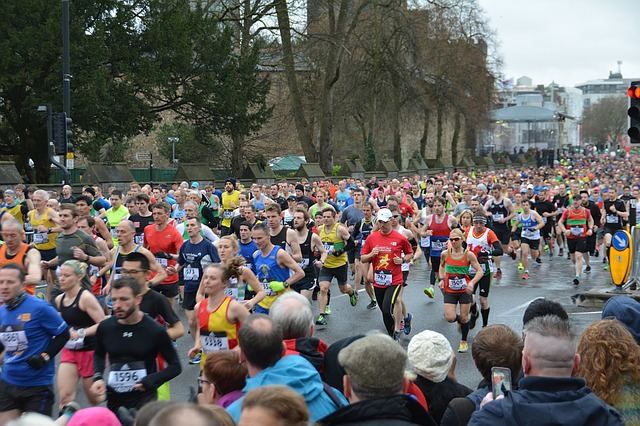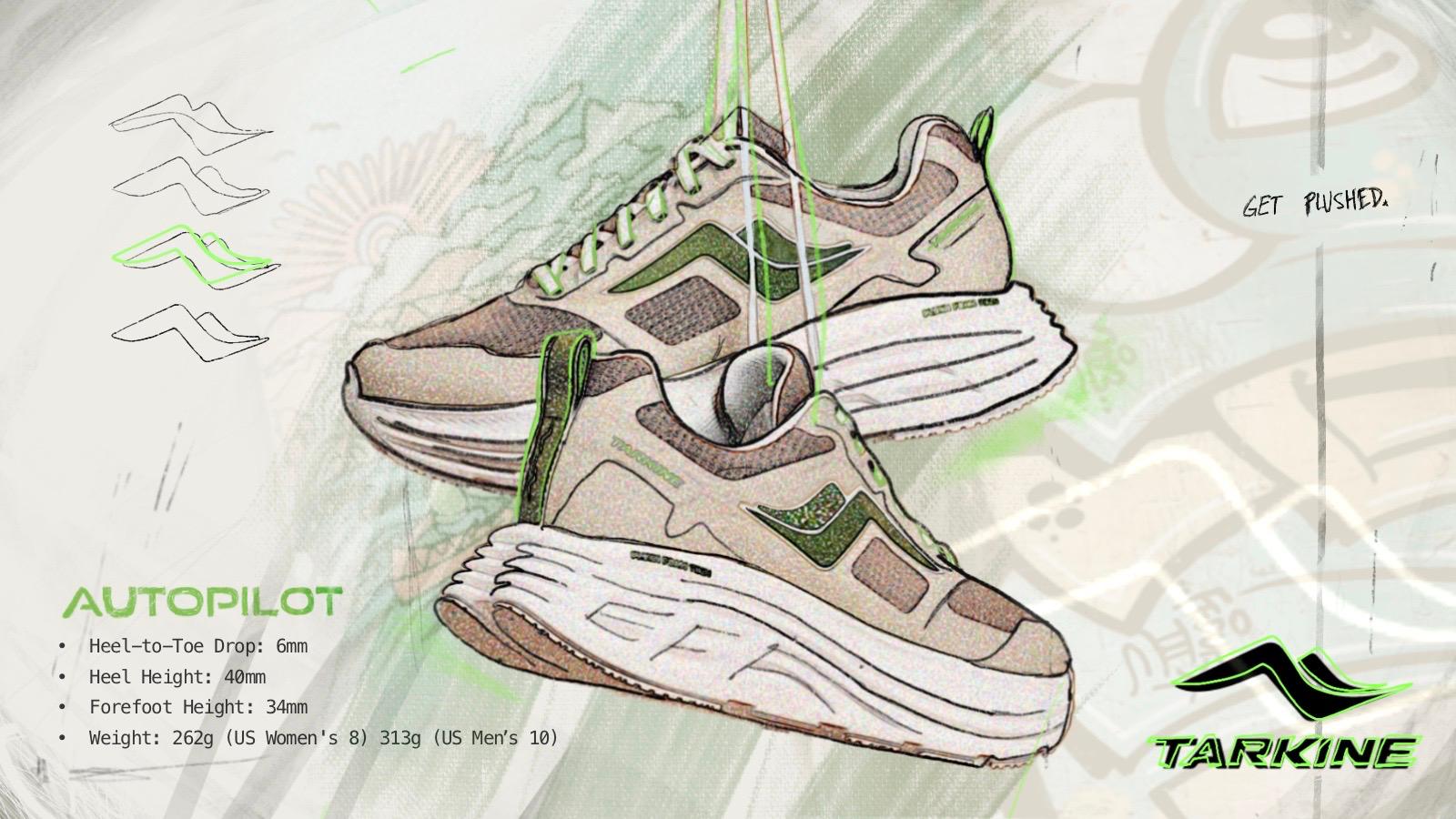How does one sustain 3 hour marathon pace for 26.2 miles or 42.2 kilometers? Have you had issues holding this pace and have as your goal to become a sub 3 hour marathoner?
You are not alone. Athletes around the world are seeking to run a marathon in 2:59:59 or faster. The secret is to improve your lactate tolerance. That being said, the problem is to get the physiological adaptation to occur you have to train at high intensities.
Easy running will not improve your anaerobic threshold. The best advice I can give is to train at, near or far below 6:52 mile pace or 4:16 per kilometer pace and often.
In addition, you have to also focus on your recovery. We all as athletes are highly motivated and driven. Remember, the benefits of our anaerobic and aerobic training takes place in the rest.
You have to have the same type of discipline and focus you have to train hard as you need to have to back off when you know you should.
What Does It Take To Break The 3 Hour Marathon Barrier?
I teach athletes seeking to break the sub 3 hour marathon in the Sub 3 Hour Marathon Pro course. It is an in-depth, results-oriented program designed to provide athletes with the exact blueprint needed to break this barrier.
The problem for many athletes that I have found is issues with their hydration practices and the pace they are running their long runs at.
I was able to lower my personal best from 2:43:36 to 2:19:35 utilizing the methodologies I will be covering in this post.
The first major change you need to make in your training is to increase the pace of your long runs.
I have always believed that long, slow running will produce long, slow runners – Sebastion Coe, former world-record holder for 800m (1:41:73)
It is better to do a 16-miler at 6:55-7:15 mile pace then doing a 24-miler at 8:00 mile pace.
Remember, there are no breaks in the marathon. You want to get the body to clear lactic acid faster than it is building in the bloodstream.
So, you have to get comfortable being uncomfortable. What I do not teach is to run fast for your long runs every weekend. You need to alternate one long, harder effort followed by a relaxed, easy long run the following week.
Again, recovery is critical. It makes no sense to brag about what kilometer splits you were hitting in your long runs and then get to the race and crash and burn.
Be Patient
Marathon training demands delayed gratification. The biggest problem I have seen with many athletes is they expect results fast.
Keep in mind, a sub 3 hour marathon is not easy to achieve. There are runners all over the world training diligently to break this barrier and many of them never do.
My goal for you is to do the opposite of what the masses are doing. Do not get caught up in quantity and disregard what is more important, quality.
You need to start using leverage. Leverage simply means doing more with less. Would you rather run 50 miles a week and run a 2:59:59 or 110 mile a week and run 3:35?
The best marathoners I have lived and trained with believe in delayed gratification. They fully understand they may achieve the sub 3 hour marathon in a few months, years or even a decade.
Conduct Your Long Run At A Higher Heart Rate
I have zero doubt athletes in Australia and elsewhere are fully committed to breaking the 3 hr marathon barrier. The way I was able to lower my marathon best down to 2:19:35 was doing my long runs at 160 beats per minute.
This is approximately 85 to 88 percent of my maximum heart rate. So, not an easy effort considering some of the long runs I was doing ranged in distance from 18 miles to 27 miles in length.
I started my season running around 6:40 mile pace and as I got fitter my pace at 160 beats per minute was approximately 5:35 to 5:45 per mile pace.
This is a major difference in the way I was doing my long runs prior to breaking the sub-2:20:00 marathon barrier. If you have never considered training with a heart rate monitor I highly recommend start utilizing them in your marathon training.
Why?
It takes the stress off the athlete worrying about mile or kilometer splits and focus 100 percent on the heart rate zone he or she needs to stay at.
Additionally, training at a higher heart rate means you are stressing the anaerobic system of the body. The problem is far too many runners are running too slow and fail when it comes to breaking the 3 hour marathon barrier.
Focus On Hydration
One of the most critical areas of marathon training and learning to sustain 3 hour marathon pace effectively is proper hydration practices.
The marathon is not a 5 or 10 kilometer race. It is 42.2 kilometers which places heavy demand on the body. The human body absolutely needs the calories and fluid during this event.
That being said, far too often runners neglect this fundamental. They may grab a few sips of water during the race but are not ingesting any calories and run out of glycogen.
Remember, the marathon is like a puzzle. There are many pieces that you have to get right to get the distance correct.
I failed several times before I broke the sub-2:20:00 marathon. The reason for this was I was not drinking enough during the race.
Marathon medals
Get 3 hour marathon pace can be a hard process, but marathon can also bring many benefits for every runners. It can make you more disciplined and also lead to weight loss. So stick with it, adjust your pace and push yourself.
Everyone who perseveres and breaks through is worth a marathon medal. A medal is not only a reflection of marathon performance, but more importantly, it is a record of a life experience. Therefore, when many groups organize marathons every year, the organizers usually provide 5K medals to encourage participants, which will also serve as a reminder of honor and self-improvement.
Breaking 2
Have you ever watched the Nike Breaking 2 documentary?
Zersenay Tadese was one of three men trying to break the 2 hour marathon. The world-class exercise physiologists on the Nike staff found that he was not drinking enough in his marathons.
He is the current world-record holder for the half marathon having run an incredible 58:23. That being said, his personal best for the marathon prior to Breaking 2 was 2:10:41.
Tadese is clearly capable of running faster than 2:10:41, respectfully. The sports scientists were able to adjust his preparation and he was able to lower his personal best to 2:06 during the time trial that was held in Monza, Italy.
Below is the video that covers what they were doing and how this small change made a dramatic effect on Zersenay’s running performance. So, start focusing on taking in more fluid and calories during your long runs. Start sitting your water bottles out every 3 miles or 5 kilometers. Have you ever watched the world’s top marathoners? They grab their water bottles and drink them holding them in their hands for about 400 to 800 meters while they are racing.
Train Far Below 4:16 Per Kilometer Pace
The best way to get 3 hour marathon pace feel more manageable is to train far below sub 3 hour marathon pace and often.
The idea behind training at your aerobic capacity is to recruit more fast twitch muscle fibers. The more fast twitch muscle fibers you can recruit the more economical (efficient) you are going to run.
Examples of aerobic capacity workouts I was doing prior to running 2:19:35 for the marathon are as follows:
16x200m@28-32 seconds per rep with 100m jog recovery
12x400m@62-66 seconds with 200m job recovery
7-8x1000m@2:55-3:05 with 300m jog recovery
6x1mile@4:46-4:50 per repetition with 2-3 minutes recovery
I had personal bests of 1:07:06 for the half-marathon and 50:54 for 10-miles prior to breaking the sub-2:20:00 marathon barrier.
That being said, my marathon personal best prior to doing it was 2:40:02.
So, how was I able to make that big of a jump? The workouts above coupled with the higher intensity long runs and equal focus on recovery.
Below is the finish photo of the 2007 California International Marathon. It was the first time I broke the 2:20:00 marathon barrier.

Run Slow On Your Easy Days
Sometimes this is more difficult for beginners as well as elite-level athletes. If you want to sustain 3 hour marathon pace for 42.2 kilometers you have to allow your body to recover from the hard training you are doing.
I have lived and trained with 2:10 marathoners from Kenyan and other countries who jog 9 to 10 minute mile pace on their easy days.
They don’t care about the pace on their recovery runs. Their focus is on getting the highest return on their time investment and realize they have to go slow to recover.
Be cognizant of how fast you are running on your easy days. An easy way to keep track of this is to wear a heart rate monitor.
Some of the world’s top distance running coaches that I have worked with recommend these heart rate zones for training.
Easy – 130-150 beats per minute
Moderate -150-160 beats per minute
Anaerobic Threshold (perfect training zone for tempo runs) – 167-74 beats per minute
Aerobic capacity (sprinting and highly anaerobic efforts) – 175 beats per minute or higher
Closing Thoughts
So, to break 3 hours you have to get 6:52 mile pace or 4:16 per kilometer pace to feel easier.
Focus on training at a higher heart rate for longer periods of time, especially during your long runs.
Alternate one, harder long run one weekend followed by an easier recovery long run the following week.
Keep your focus on quality versus quantity. It is still important to run high mileage but also keep in mind not to run too low of a percentage of your weekly mileage above 3 hour marathon pace.
You have to get accustomed to training far below 3 hr marathon pace to get it to feel manageable. It isn’t necessarily that your past your prime or you don’t have the talent.
I never had a lot of talent either but what I do have is drive and focus. If you are lacking in the talent department then you have to rely on your time management skills.
Follow the above listed fundamentals and I can assure you that you will become a sub 3 hour marathoner.
3 hour marathon pace does not have to be intimidating. The key is to train at, near and far below 3 hr marathon pace coupled with equal focus on recovery.
Nathan Pennington is founder of rundreamachieve. He is a 2:19 marathoner and former member of the US Army World Class Athlete Program.

















